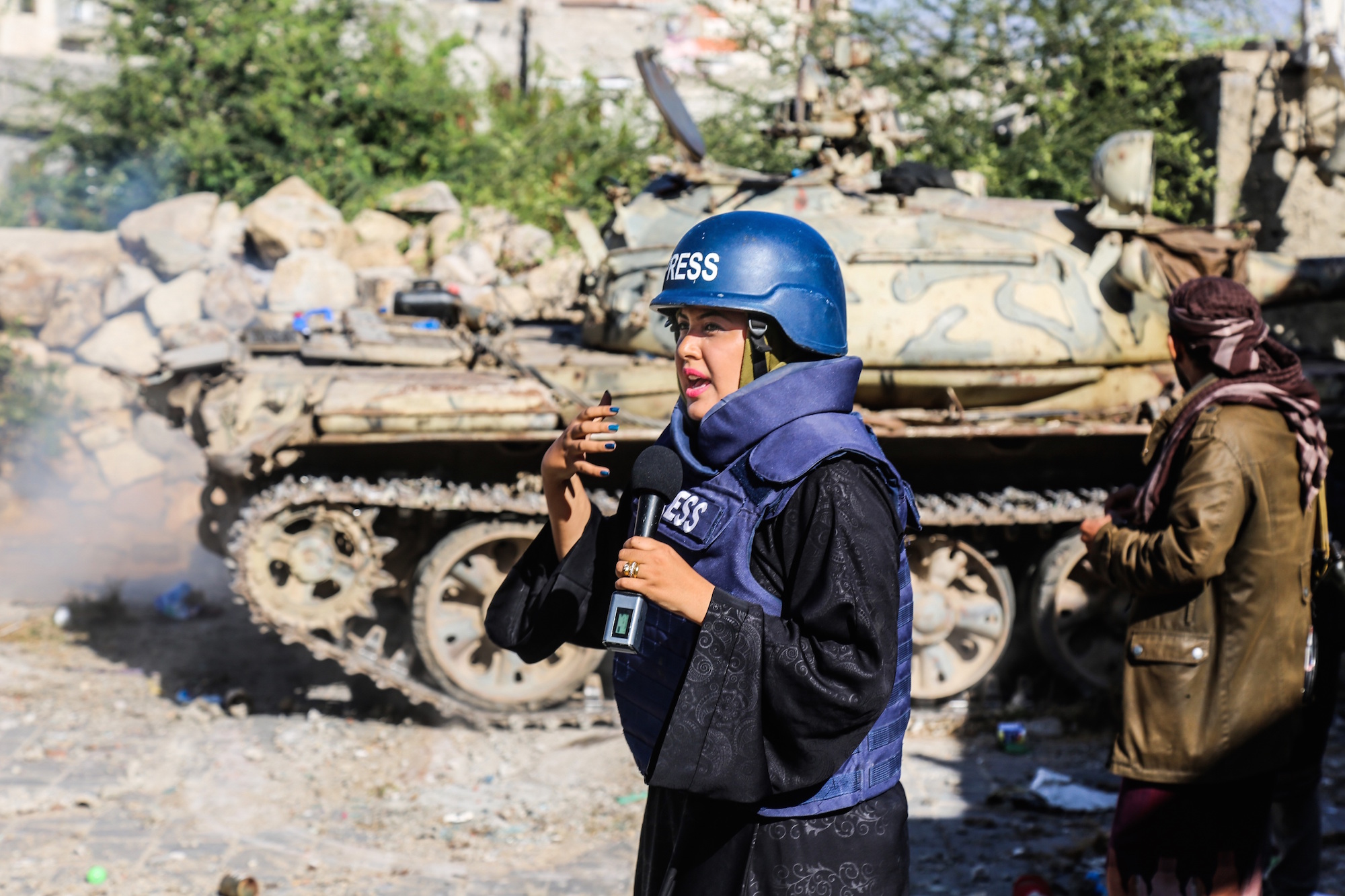 Representation Image
Representation Image
A recent report by the Special Rapporteur on violence against women, its causes and consequences, Dubravka Šimonović, on violence against women journalists aims to build on the existing human rights standards and to offer a more holistic approach to addressing the specific challenges faced by women journalists and ensure that they can work in a safe environment.
According to the Declaration on the Elimination of Violence against Women, violence against women, including against women journalists, comprises any act of gender-based violence that results in, or is likely to result in, physical, sexual or psychological harm or suffering to women, including threats of such acts, coercion or arbitrary deprivation of liberty, whether occurring in public or in private life.
Online violence
The report examines the role of online violence in exacerbation gender-based violence against women journalists. The report says, “Online and offline harassment and abuse of women journalists is reflective of broader issues of sexism in society. In the online sphere, harassment can have significant consequences, leading to self-censorship in response to online abuse. The failure to address and reprehend online threats can be fatal, as is demonstrated by attacks on and murders of women journalists that were preceded by online hate campaigns and threats. In response to persecution, some women reporters have had no choice but to drop investigative work, avoid reporting on certain subjects, or abandon their profession altogether.” It goes on to explain, “Emerging forms of online violence against women such as ‘doxing’, ‘sextortion’ and ‘trolling’, as well as the non-consensual distribution of intimate content (or ‘revenge porn’), are also being used to defame and silence women journalists.”
Sexualization, intersectional discrimination and workplace sexual harassment
The report says, “Women journalists are expected to fit into stereotyped roles and sexualized images of women and to operate within unequal power relationships between men and women in the media world. They are often targeted for being highly visible and outspoken and for their work, especially when they are breaking the rules of gender inequity and stereotypes. Many women journalists also face intersectional discrimination and gender-based violence because of other characteristics such as, but not limited to, race, religion, ethnicity or minority affiliation.”
The report further explains, “When journalists are indigenous women, women belonging to minorities, and/or lesbian, bisexual, transgender or intersex women, they may face an added level of discrimination, in ways that often intersect with their indigenous, and/or minority or lesbian, bisexual, transgender or intersex identities.” It also touches upon the particular vulnerability of indigenous women journalists saying, “In the particular case of indigenous women journalists, the risk of experiencing violence as a result of their work may increase, owing to the combination of structural patterns affecting community media; intersectional discrimination against indigenous women; and the high public profile they may acquire in defence of the rights of indigenous peoples and/or the rights of women in their territories.”
It also touches upon recent movements to expose perpetrators of gender-based violence and their impact in the newsroom. The report says, “The rise of popular movements, such as #MeToo, #NiUnaMenos and their various manifestations across the world, have highlighted sexual harassment and other forms of gender-based violence, including the rampant sexism and discriminatory practices that pervade the newsroom.”
The report further says, “In addition to killings, sexual violence, including sexual assault and rape, and in particular the threat of rape, continue to be used as a form of gender-based violence and as a tool to undermine the credibility of women journalists and discourage them from working in the media. Many women media workers have reportedly experienced sexual violence in relation to their work, with the most frequently recounted act being unwanted touching of a sexual manner.”
The entire report may be read here:
Related:
Journalists, activists, express solidarity with Scroll’s Supriya Sharma
I got my award for my work, not for sitting at home: Masrat Zahra